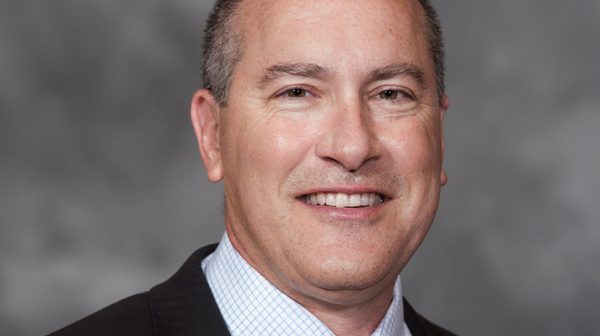
In June, Vidor E. Friedman, MD, FACEP, was elected by the ACEP Board of Directors (BOD) to serve as President-Elect following the resignation of ACEP President-Elect, John Rogers, MD, FACEP. Dr. Friedman recently sat down with ACEP Now Medical Editor in Chief and ACEP BOD member Kevin Klauer, DO, EJD, FACEP, to discuss stepping into the role of ACEP President-Elect.
Explore This Issue
ACEP Now: Vol 37 – No 08 – August 2018, ACEP Now: Vol 37 – No 09 – September 2018KK: Vidor, these are very interesting times for ACEP. For the first time in the history of the organization, a President-Elect has resigned from the BOD. Can you shed some light on what had happened? What caused this transition when John decided to step down from his role?
VF: I’ve had several conversations with John since the June board meeting. John didn’t share his thoughts before he made this decision with anybody on the Board. I was sitting right next to him Monday at the Audit Committee meeting and Tuesday at the Finance Committee meeting, and he didn’t share that he was thinking about this. Given all that’s happened, I think, as John said in his letter to the ACEP Council [available here], this was a decision he came to over many months since the last annual meeting. John had heard that some members had concerns that he was not board-certified. He felt it was best for the College if he stepped out of the way to make certain this issue didn’t negatively reflect on the organization. He thought it was going to continue to be a distraction.
KK: How did you and the Board feel about this?
VF: The Board found out about this Tuesday [June 26] afternoon, right before our Board meeting started. Between Tuesday afternoon and mid-day Wednesday, John was asked to reconsider his resignation at least five times; we were all very supportive of him being the President. John’s mind was made up. Despite the fact that the Board and staff were very supportive of him, he felt that this was still the best decision for the College and specialty. The Board had to make a decision about filling the position or leaving it vacant. We felt that, given that the committee assignments for 2019 weren’t finalized and that there were another three months until the end of the annual meeting, it was important to fill the role.
Not everyone understands what the President-Elect does. I’ve been tasked with doing in three months what normally takes a year, and I can tell you that there’s quite a bit that the President-Elect is involved with in terms of setting the College up for the next year.
Prior to filling the role, we confirmed again on Wednesday evening that John was not going to reconsider. Thursday morning, the Board decided to hold a special election as outlined in the bylaws for this specific circumstance. The election was conducted by the Council officers and ACEP’s general counsel.
Although the actions of the Board will need to be ratified by the Council at their annual meeting, the Board’s hope was to elect an individual who would not just serve for three months as President-Elect, but would also transition to be the President of the College, starting Sept. 30, as would have normally occurred with John’s position.
KK: Vidor, having previously run for president-elect, you are very familiar with the process and the requirements of the role.
VF: I ran last year, and I was runner-up to Dr. Rogers.
KK: So you had an opportunity to express your vision for the College to the Council, and as you stated, you were runner-up, so this was not an unusual result.
VF: That’s correct. Also, just so the everyone knows, it was not an uncontested election at the Board meeting. There were six Board members who stepped forward, and then one withdrew his nomination before the vote took place. This wasn’t a rubber-stamping of an individual. This was carefully considered and conducted according to the bylaws.
KK: What are your thoughts about the 50th anniversary that will lead us into and help us celebrate in San Diego?
VF: We’ve come a long way in 50 years. When you look back at the history of emergency medicine, while we’re still dealing with some of the issues that led to the creation of our specialty, I think we’ve become not just a valued member but a leader in the house of medicine. I think, as we look to the future, because of the nexus point that emergency medicine occupies within the health care system, we have an opportunity to facilitate much better care for our patients.
Transitions of care is one of many examples that calls for us to implement more widespread strategies to ensure high quality of care for our patients across the health care continuum. Emergency medicine must play a critical role in developing and deploying those strategies. As we move into the second 50 years, we have to move past pointing out the problems to creating solutions
KK: We’re looking forward to hearing more from you about your plans for your anticipated presidential year and looking forward to seeing you and others in San Diego for our 50th anniversary.
Editor’s Note: Read Dr. Rogers’ letter to the Council about his resignation here.
Pages: 1 2 3 | Multi-Page



No Responses to “Dr. Vidor Friedman on Stepping into the Role of ACEP’s President-Elect”